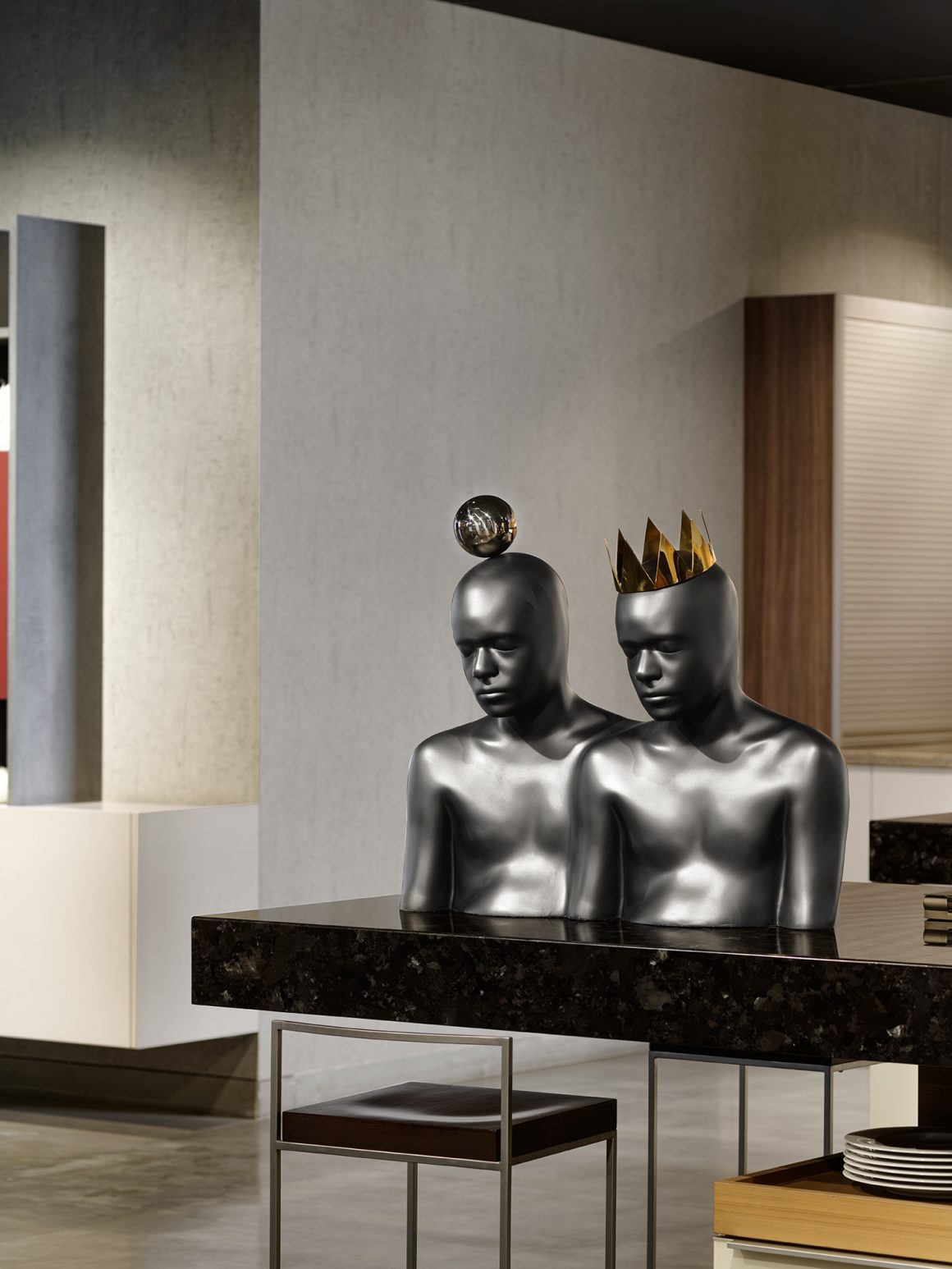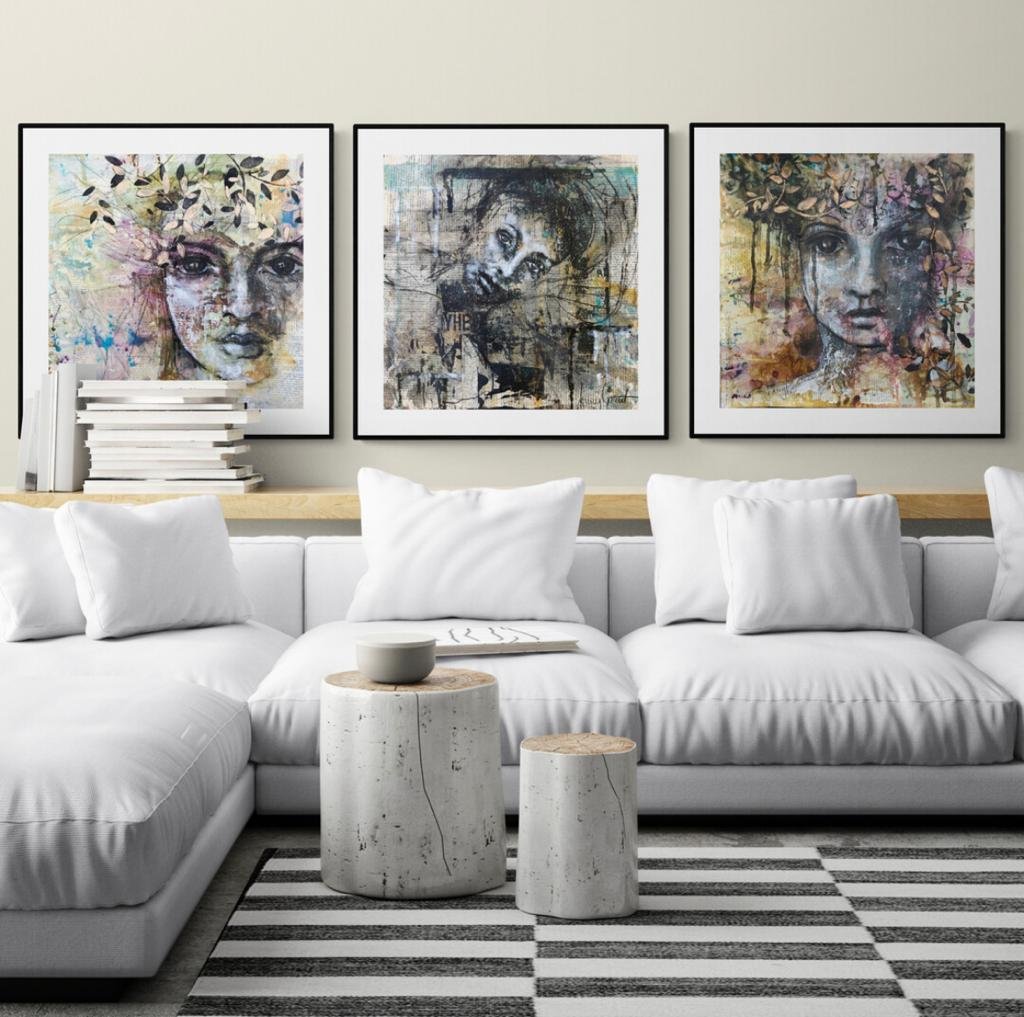No longer confined to the homes of the elite or those with an art history degree, owning and displaying art has become a symbol of personal style and a testament to one’s unique taste. This movement is a chic way to express individuality and bring an elevated touch to your living space. But how does one go through the sometimes daunting world of art selection? Here’s a guide to help you pick the perfect art piece for your home.
Understand Your Space
Before you even start browsing galleries or online art stores, take a moment to understand your space. Consider the size of your walls, the amount of natural light, and the existing décor. Large, bold pieces can make a statement in spacious rooms with high ceilings, while smaller, more intricate works might be better suited to cosier spaces. Lighting plays a crucial role, too—natural light can enhance the colours and details of a piece, but too much sunlight can cause fading over time.

Reflect Your Personality
Art is an extension of your personality, so choose pieces that resonate with you. Think about what themes, colours, and styles you are drawn to. Do you prefer abstract works that leave room for interpretation, or are you more inclined towards realistic portraits and landscapes? Whatever your preference, let it guide your selection process.

Consider the Room’s Function
The function of the room where the art will be displayed should also influence your choice. In a living room, where guests are entertained and conversations flow, a bold, eye-catching piece can serve as a great focal point and conversation starter. In a bedroom, you might prefer something more serene and calming. For a home office, consider art that inspires creativity and productivity.

Budget Wisely
Art can be a significant investment, but it doesn’t have to break the bank. Set a budget before you start shopping and explore various options within your price range. Emerging artists often offer beautiful works at more affordable prices compared to established names. Additionally, prints and limited edition pieces can be a cost-effective way to bring high-quality art into your home.

Explore Different Mediums
While paintings are the most common form of art, don’t limit yourself to them. Sculptures, photography, mixed media, and even digital art can add unique textures and dimensions to your space. A well-placed sculpture can add a three-dimensional element to a room, while a striking photograph can capture a moment in time and bring it into your home.

Think About Placement
Placement is key to effectively showcasing your art. Eye level is typically the best height for hanging art, but this can vary depending on the piece and the space. If you have several smaller pieces, consider creating a gallery wall and arranging them in a cohesive yet dynamic layout. For larger works, ensure they have enough space to breathe and aren’t crowded by other décor elements.



Trust Your Instincts
Above all, trust your instincts. Art is subjective, and what matters most is how a piece makes you feel. If you fall in love with a work of art, don’t be afraid to take the plunge, even if it’s outside your usual style. Your living space should reflect your tastes and passions, and sometimes, the best choices are the ones that come from the heart.













